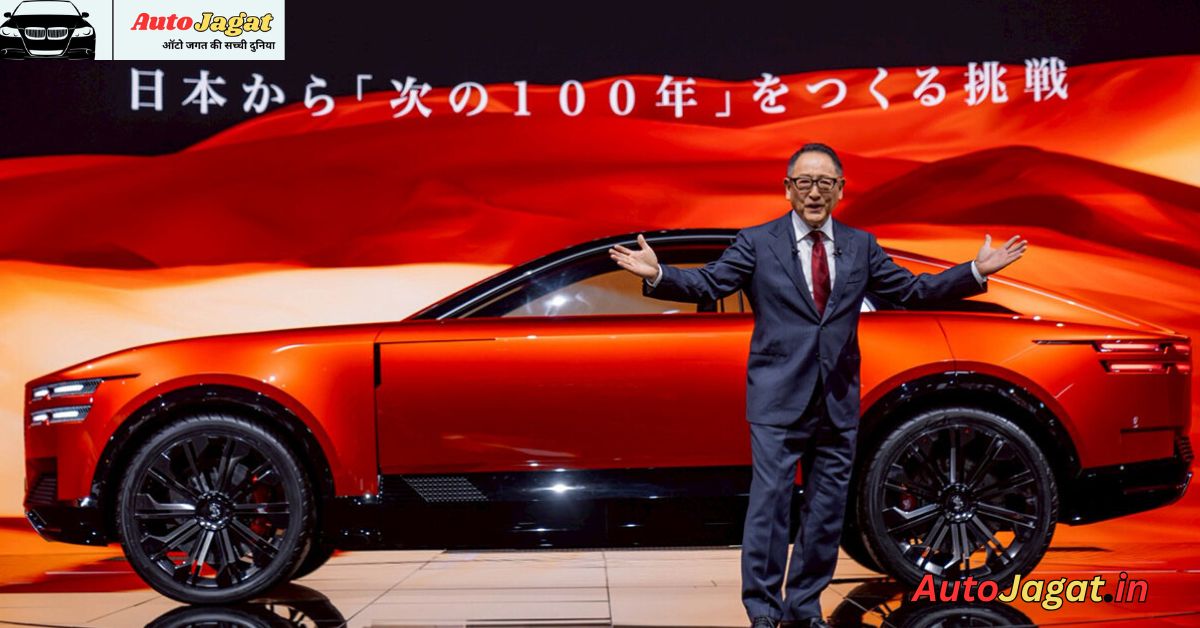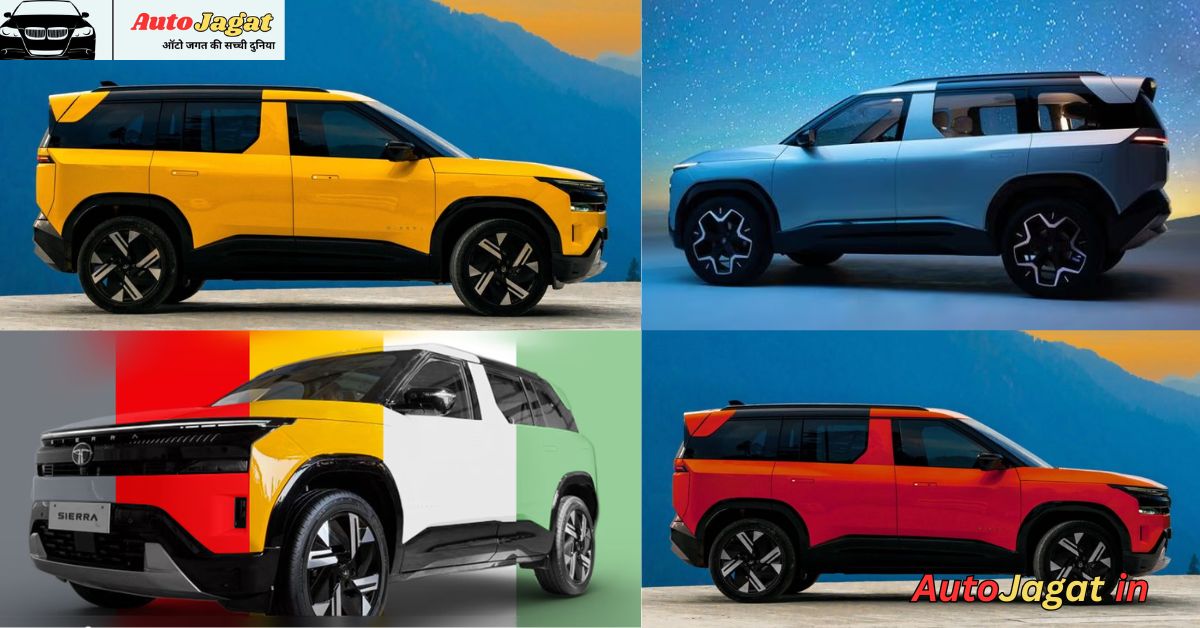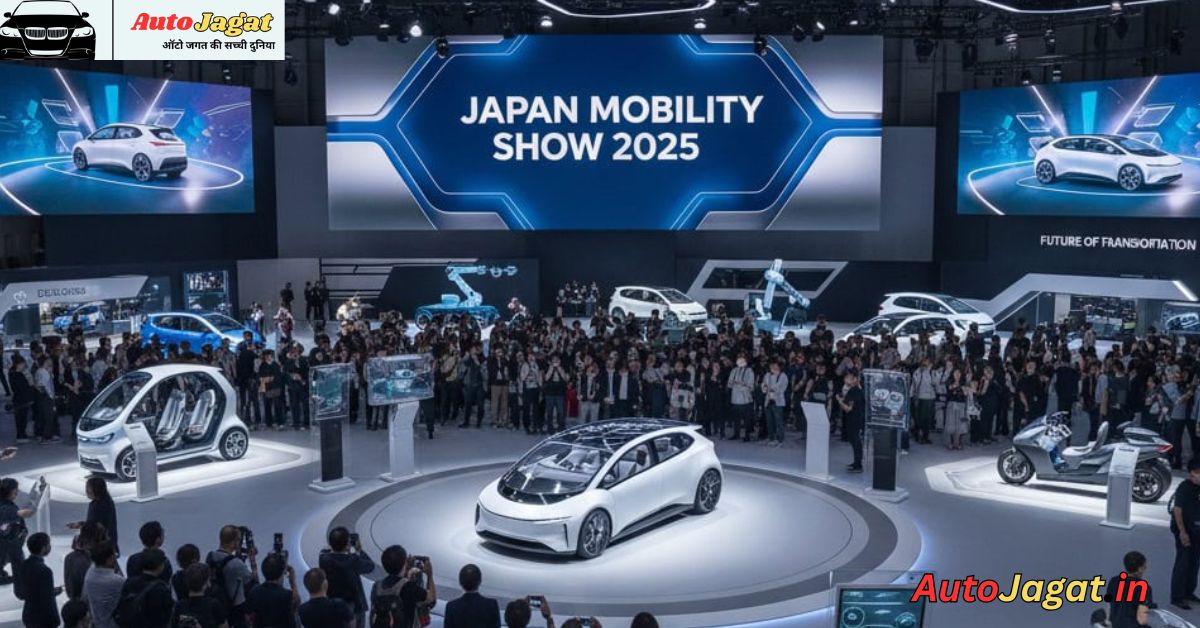The automotive industry is at a crossroads. As governments, consumers, and manufacturers grapple with the urgency of climate change, the question remains: what is the best route to carbon neutrality? At the Japan Mobility Show 2025, Toyota provided a compelling answer through its Multi-Pathway Strategy—a vision that embraces multiple technologies rather than betting solely on one.
What is the Multi-Pathway Strategy?
Toyota’s approach is simple yet profound: different markets require different solutions. Instead of focusing exclusively on battery electric vehicles (BEVs), Toyota is investing in a range of technologies, including:
- Hybrid Electric Vehicles (HEVs): Proven, affordable, and widely adopted, hybrids remain central to Toyota’s lineup.
- Plug-in Hybrids (PHEVs): Offering extended electric-only ranges while retaining combustion engines for flexibility.
- Battery Electric Vehicles (BEVs): With new-generation batteries promising longer life and greater range.
- Hydrogen Fuel Cell Vehicles (FCEVs): A long-term bet on clean energy, particularly for heavy-duty and long-distance applications.
This strategy ensures that no customer is left behind, regardless of infrastructure readiness or affordability.
Highlights from the Japan Mobility Show
The Japan Mobility Show, rebranded from the Tokyo Motor Show, has become a festival of innovation. Toyota’s presence was commanding, with several group companies showcasing diverse mobility solutions. Key highlights included:
- Land Cruiser FJ: The smallest member of the Land Cruiser family, unveiled as a crowd favorite and expected to reach global markets, including India.
- New-Gen Hybrid Engines: Toyota announced upcoming hybrid technologies designed to deliver higher efficiency and lower emissions.
- Advanced EV Batteries: Longer life cycles and improved ranges are in development, addressing consumer concerns about charging and durability.
- Hydrogen Innovations: Toyota reaffirmed its commitment to hydrogen, showcasing prototypes and reiterating its role in achieving carbon neutrality.
Why Multi-Pathway Matters
The automotive industry often debates whether BEVs alone can solve the climate crisis. Toyota challenges this narrative by arguing that a one-size-fits-all solution is unrealistic.
- Infrastructure Gaps: Many regions lack widespread charging networks, making hybrids and PHEVs more practical.
- Affordability: Hybrids remain cheaper than BEVs, ensuring accessibility for middle-income buyers.
- Energy Diversity: Hydrogen and synthetic fuels could play vital roles in decarbonizing sectors where batteries are less effective.
By pursuing multiple pathways, Toyota hedges against uncertainty while accelerating the transition to cleaner mobility.
Toyota’s Global Commitment
Toyota has been the world’s highest-selling automaker for five consecutive years, surpassing the 10-million-unit mark in 2024. This scale gives it the responsibility—and the capability—to shape mobility trends worldwide.
In Asia, Toyota is reinforcing its strategy by:
- Expanding affordable hybrid lineups.
- Beginning local BEV production in Thailand and Indonesia.
- Planning to introduce more than 10 new electrified models across Asia within three years.
This regional focus ensures that Toyota’s vision of “Mobility for All” is not just rhetoric but actionable policy.
Human-Centric Mobility
Beyond technology, Toyota emphasized a human-centric approach at the show. Its philosophy of “Customer Comes First” and “Start by Doing” reflects a pragmatic mindset: rather than waiting for perfect solutions, Toyota is deploying technologies that work today while innovating for tomorrow.
Conclusion
Toyota’s Multi-Pathway Strategy is not about indecision—it’s about inclusivity. By offering hybrids, plug-ins, BEVs, and hydrogen vehicles, Toyota acknowledges the diversity of global markets and the complexity of the climate challenge. At the Japan Mobility Show 2025, this vision was on full display, reinforcing Toyota’s role as a leader not just in sales but in shaping the future of mobility.
For consumers, the takeaway is clear: the future of cars won’t be defined by a single technology. Instead, it will be a mosaic of solutions, each tailored to different needs, geographies, and lifestyles. And Toyota, with its multi-pathway approach, is determined to lead that journey.

Hello, my name is Himanshu Kumar and I am an experienced Digital Marketer. I have been blogging for the last 4 years and I have special interest in SEO. Here I give you easy bikes and writes easy-to-understand reviews and news about the latest bikes, helping readers choose the best options.. My aim is to always provide you with accurate, new and useful information.




